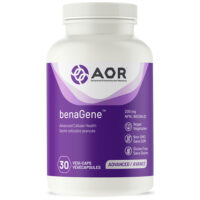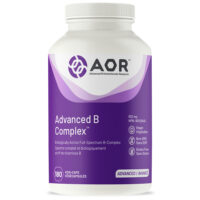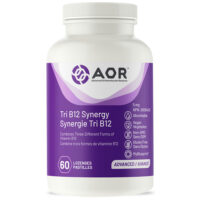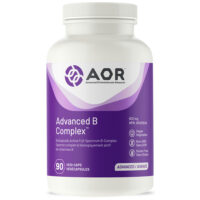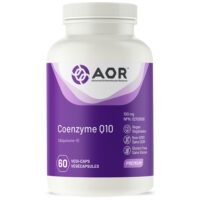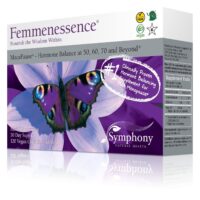Acne is not a life-threatening condition, but it can be extremely annoying. Many of us struggled with acne in our teens, but it’s also quite common among adults.
There is much that still isn’t known about acne. But there are some factors that often contribute to its appearance. Some of them are easy to control, while others are difficult or impossible to do anything about.
Bacteria and Sebum
Bacteria and sebum are the root causes of acne. The bacteria P. acnes is found naturally in the skin, and so is sebum, which is produced by the sebaceous glands to moisturize the skin. Clogged pores, excess sebum, and the P. acnes bacteria can combine to cause damage to the pores, which shows itself as blackheads, whiteheads or pimples.
While it’s fairly straightforward how acne forms, the harder question is why it forms. Studies have shown some factors that contribute to the process:
Hormones
One of the most recognized factors that causes acne is hormones. This is why acne is so prevalent in the teens. With the onset of puberty comes an increase in hormones – including androgen, the male sex hormone. A number of studies have linked excess androgen to acne.
Other hormonal changes can also cause acne. For example, many women experience breakouts right before their menstrual periods or when using (or ceasing to use) hormonal birth control methods. Some women even find that pregnancy triggers acne for them.
Diet
Claims that eating chocolate and greasy foods causes acne have been around for many decades. But these have been found to be questionable at best. Studies have found, however, that dairy products seem to contribute to acne.
The reason that dairy products are a factor in acne is unclear. But some scientists believe that it is due to the hormones present in cow’s milk. Even milk from cows that do not receive hormone treatments contains some natural hormones.
Other Factors
There are many other things that are said to contribute to acne. One that women often experience is using the wrong cosmetics. Some makeup is greasy and can block pores, facilitating the formation of pimples. This problem can be avoided by using cosmetics that are marked as non-comedogenic or non-acnegenic.
Skin irritation is also known to be a factor in acne. This can occur as a result of scrubbing, chafing, or squeezing existing pimples. As with the cosmetics, these things can make it easier for pores to become clogged.
There is much that is not known about acne, but there are many treatment options available today. Those who are predisposed to acne may not have the benefit of a cure, but these treatments can often greatly reduce or even eliminate breakouts altogether.


